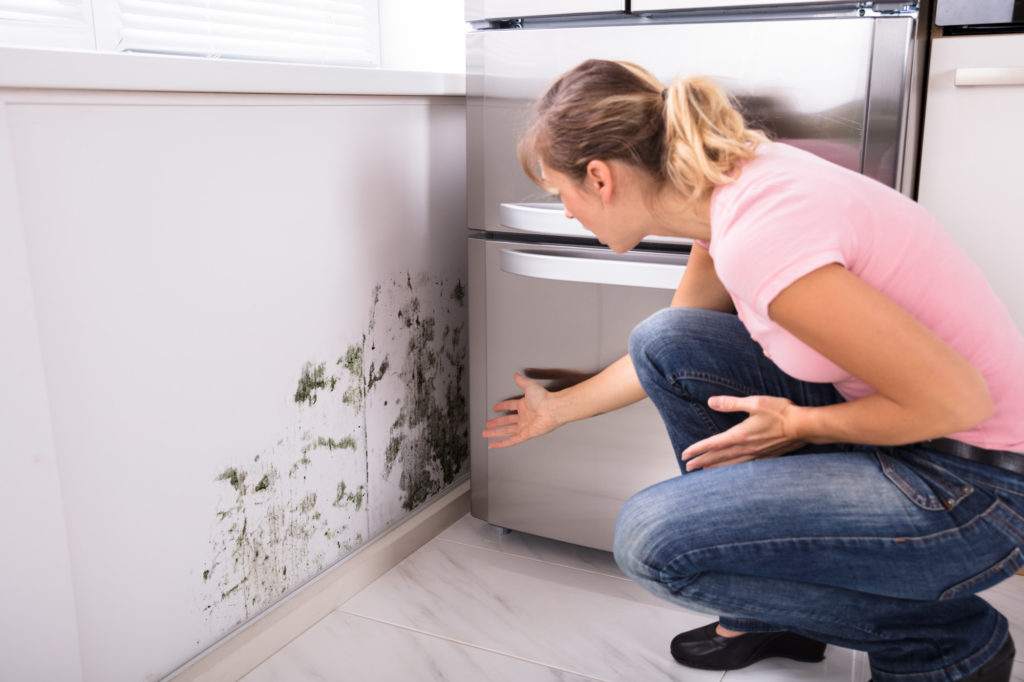What Causes Mold on Walls? 5 Possible Reasons
Do you have a mold problem in your home?
Not only is mold unpleasant to look at, but it can also impact our health. From nasal and eye irritation to wheezing and shortness of breath, mold on walls is a hazard you can’t ignore. But with so many possible causes, it can be hard to know why it’s appearing in your home.
Don’t worry! Read on for 5 reasons mold on walls can appear.
1. Humidity
If you have too much humidity in your home, mold can start to grow. High humidity feeds mold and causes damp patches of water to take longer to dry. This in itself can help mold to grow.
When moisture inside your home evaporates, it increased the humidity. Without proper ventilation, this humidity will hang around. Drying clothes indoors is a big cause of raised humidity levels. You can use dehumidifiers but there are some types of molds that only need a humidity level of 55% to thrive. So if you use one, make sure you keep humidity below that level.
2. Leaks
Water leaks of any kind are a common reason for mold growth, especially pipe and roof leaks. If the leak is in a hidden away location, the mold can already have started growing by the time you find it.
Whether it’s a dripping pipe inside the wall, or a leak in your attic be on the lookout for signs. Listen for any new, watery noises, and check what spaces you have access to regularly. At the first sign of water damage, get someone in to locate it and carry out a Water Leak Repair immediately.
3. Flooding
If you’ve experienced flooding of any kind, mold can grow in your home. Your home may take weeks to dry out, and mold only needs a surface to stay wet for 24 hours before it will start to grow.
What causes black mold (Stachybotrys chartarum) is prolonged water infiltration and damage. To grow and thrive, it requires an area to be wet for several days. A flood will create the perfect environment for it, putting you home at risk of a toxic mold infestation.
4. Standing Water at Your Foundations
If the ground around your house slopes towards it, rainwater can pool at your foundations. Not only can this have implications on the structural integrity of your home, but it can cause mold too.
The ground should always slope away from your home. Or you can dig ditches and drains to channel water away. But never let standing water sit around your foundations.
5. Condensation and Poor Ventilation
When cold enough, condensation can form on walls, concrete floors (even covered with carpet), windows and metal pipes. Theses areas are a hotspot for mold.
If your home has poor ventilation, this built-up moisture can’t escape. Instead, you’ll have a pocket of stagnant, moist air – the perfect mold breeding ground. Make sure your air can circulate through vents and windows to keep moisture levels balanced.
Don’t Let Mold on Walls be a Problem in Your Home
So there you have it. By keeping an eye on these key reasons for mold on walls forming, you can stay ahead and avoid it.
Regular checks on your roof and pipework for leaks is a must. Also, manage your humidity and moisture levels with good ventilation where possible. By rectifying any problems, you’ll avoid a costly mold infestation.
If you found this article useful, check out our other blog posts!
